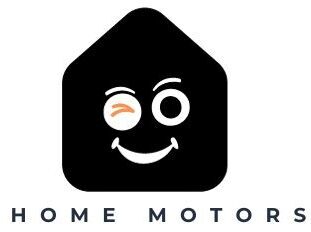Understanding Code Door Locks
Code door locks, also known as electronic keypad locks, are a modern and convenient alternative to traditional key-based locks. Instead of using a physical key, these locks require you to enter a preset code to unlock the door. The code can be customized and easily changed whenever needed, providing added security.
These high-tech locks often come equipped with features like auto-locking mechanisms, audit trails to track entry history, and even remote access capabilities via smartphone apps. This makes them ideal for both residential and commercial properties looking for enhanced security measures.
Code door locks offer convenience and peace of mind by eliminating the need for keys. With just a few simple button presses, you can securely lock or unlock your door without worrying about misplaced keys or unauthorized duplicates.
Factors to consider before choosing a code door lock

When considering a code door lock for your home or business, there are several factors to keep in mind. Think about the level of security you require—some locks offer more advanced features than others. Consider the lock’s durability and weather resistance as well. You want a lock that can withstand various conditions without compromising its functionality.
A critical factor is the ease of use—choose a code door lock with a user-friendly interface that you and your family members or employees can easily navigate. Think about the power source required for the lock—battery-operated locks may need frequent replacements compared to hardwired options.
It’s also crucial to consider the size and design of the coding door lock to ensure it fits seamlessly into your existing door setup. Consider any additional features, such as remote access capabilities or integration with smart home systems, for added convenience and security.
Guide to Opening a Code Door Lock
When faced with a code door lock, the first step is to enter the correct code. Make sure to input each digit carefully and double-check for any mistakes before confirming. If you’re unsure of the code, try common combinations like birthdays or anniversaries that might have been set by the owner.
If guessing doesn’t work, don’t worry! Most code door locks come with a backup key option. Locate the critical slot usually located beneath a cover or at the side of the lock. Insert your key and turn it to unlock the door.
If you don’t have access to a key, contact a professional locksmith for assistance. They have specialized tools and techniques for opening code door locks without causing damage.
Tips for Maintaining a Code Door Lock

Having a code door lock is a convenient way to secure your home or office. To ensure it functions properly, regular maintenance is critical. Maintaining your code door lock is easy with these tips.
Regularly clean the keypad and buttons with a soft cloth to prevent dirt and debris from interfering with the functionality of the lock. Avoid using harsh chemicals that could damage the keypad.
Check the batteries frequently and replace them as needed. Low battery power can cause malfunctions in the lock system, so it’s essential to monitor this aspect.
If you encounter any issues with your code door lock, don’t hesitate to contact a professional locksmith for assistance. Regular maintenance will help prolong the lifespan of your code door lock and keep your property secure.
Advantages and Disadvantages of Code Door Locks
Code door locks offer a convenient and keyless entry option for your home or office. One of the main advantages is the ability to set unique codes for different users, providing personalized access without the need for physical keys. This can be especially useful in rental properties or shared spaces where multiple people require entry.
On the flip side, code door locks rely on batteries to operate, which means they may fail if not regularly maintained. Additionally, there is a risk of forgetting your code and being locked out if you do not have a backup plan in place. Another disadvantage is that some sophisticated hackers may find ways to bypass the code system, potentially compromising security.
Despite these drawbacks, many people find code door locks to be reliable, modern security solutions that offer convenience and peace of mind. It’s essential to weigh the pros and cons before deciding if a code door lock is suitable for your needs.
Alternative Ways to Secure Your Door
When it comes to securing your home, there are various options available beyond code door locks. Some alternative ways to ensure your door include installing deadbolts, using smart locks with critical fobs or apps, adding a security camera system, reinforcing the door frame and hinges, or even getting a guard dog for added protection.
Each option has its pros and cons, so it’s essential to consider your specific needs and budget when choosing how to best secure your home. By exploring different methods of securing your doors and understanding the advantages and disadvantages of each, you can make an informed decision on the best way to protect your property and loved ones. Remember that no single method is foolproof, so layering multiple security measures can provide enhanced safety and peace of mind for you and your family.




